Nearby in the sky is galaxy NGC 4725, roughly 41 million light years from Earth. Over 100,000 light years across, at least 4 supernovae have been observed in this galaxy since 1940!
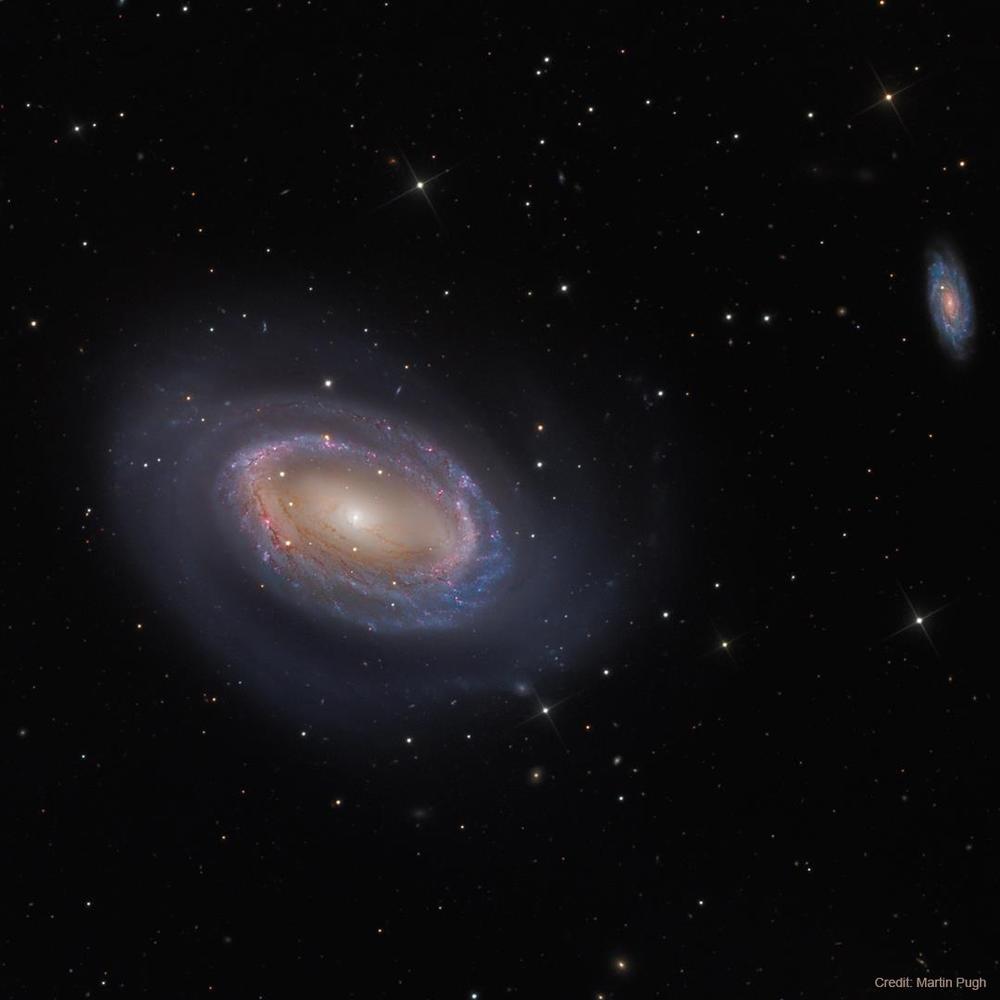

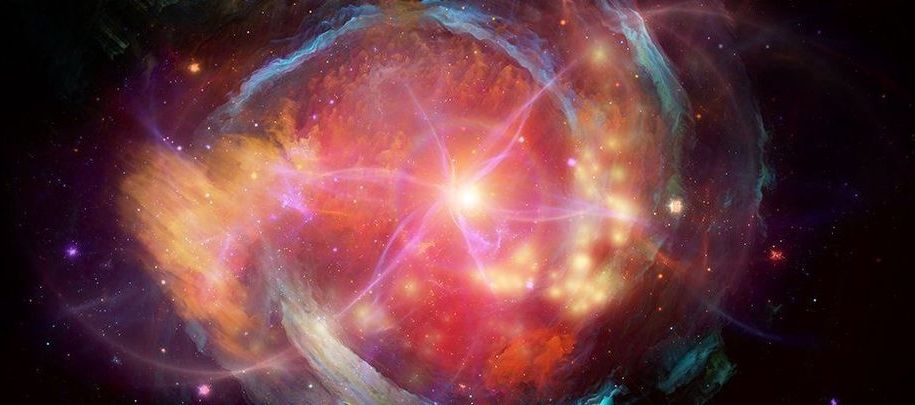
Today our middle-aged Universe looks eerily smooth. Too smooth, in fact.
While a rapid growth spurt in space-time would explain what we see, science needs more than nice ideas. It needs evidence that whittles away contending arguments. We might finally know where to look for some.
A team of physicists from the Centre for Astrophysics | Harvard & Smithsonian (CfA) and Harvard University went back to the drawing board on the early Universe’s evolution to give us a way to help those inflation models stand out from the crowd.
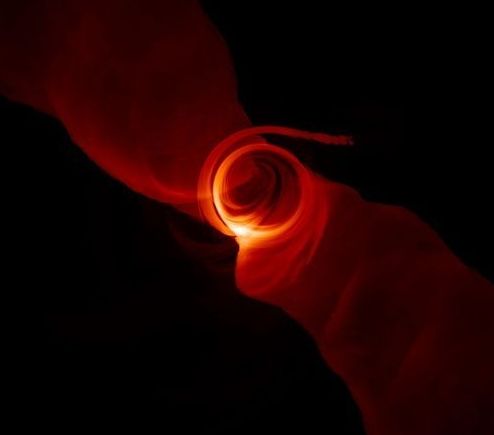
They’ve captured our imaginations for decades, but we’ve never actually photographed a black hole before – until now.
Next Wednesday, at several press briefings around the world, scientists will apparently unveil humanity’s first-ever photo of a black hole, the European Space Agency said in a statement. Specifically, the photo will be of “Sagittarius A,” the supermassive black hole that’s at the center of our Milky Way galaxy.
But aren’t black holes, well, black, and thus invisible, so none of our telescopes can “see” them? Yes – therefore the image we’re likely to see will be of the “event horizon,” the edge of the black hole where light can’t escape.
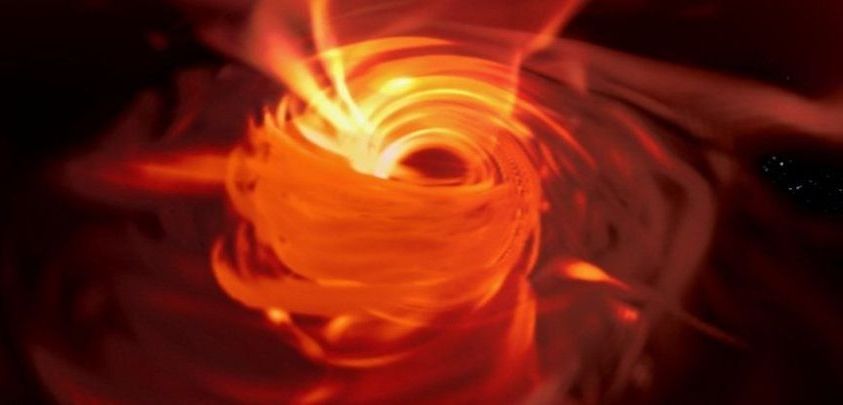
The European Southern Observatory has just revealed there will be a huge announcement next week. Yes, we know how that sounds — but as far as we can tell, it appears the world is about to finally see the first ever photo of a black hole’s event horizon.
Of course, we won’t know for sure until the press event itself, which we will cover live on our site. But here’s a massive clue: according to the advance statement, the researchers will be discussing the “first result from the Event Horizon Telescope.”
For years, the Event Horizon Telescope has been staring into the heart of the Milky Way, trying to obtain a photo of the location of Sagittarius A*, our galaxy’s central supermassive black hole.

The international team behind the Event Horizon Telescope (EHT) project is gearing up for a huge announcement next week — and according to ScienceAlert’s analysis, it’s likely to be the first-ever photo of a black hole’s event horizon.
If that prediction is correct, the April 10 event will be a monumental moment for science — providing a glimpse of one of the most epic objects in the known universe.
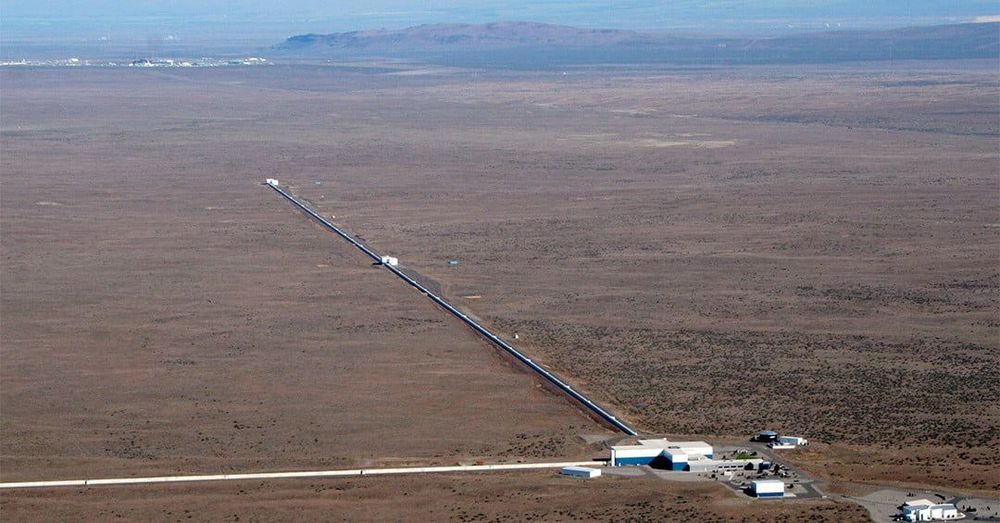
The hunt for gravitational waves is back on. After a series of upgrades, the National Science Foundation’s Laser Interferometer Gravitational-Wave Observatory (LIGO) will resume its search for ripples in space and time on Monday, April 1.
LIGO is famous for making the first direct detection of gravitational waves in 2015, for which the observatory’s founders were awarded the Nobel Prize. The observatory was able to detect gravity waves generated by two colliding black holes which were located 1.3 billion light-years away from Earth, and since then has observed nine more black hole mergers and one collision of two neutron stars.
Gravitational waves are ripples in the fabric of spacetime, caused by massive bodies which bend it like a bowling ball placed on a rubber sheet. They were predicted by Einstein as part of his general theory of relativity in 1916, but it took nearly a century for physicists to observe them because the effects are so small. Since these waves have been detected, they can be used to investigate cosmic objects as an alternative to light-based telescopes.

Physicists have measured the sound of ‘nothingness’ at room temperature — an important step in our future ability to listen in to the Universe.
You can think of it a little like this — we’ve now been able to measure the way some of the ubiquitous ‘background noise’ of space interacts with our equipment, which will hopefully help us tune it out going forward.
After all, the entire Universe is crackling with the static of quantum physics, and in order to be able to pick up the faint echoes of distant astronomical giants — such as the gravitational waves rippling off a black hole merger, for example — we need to be able to tune out the quantum static.
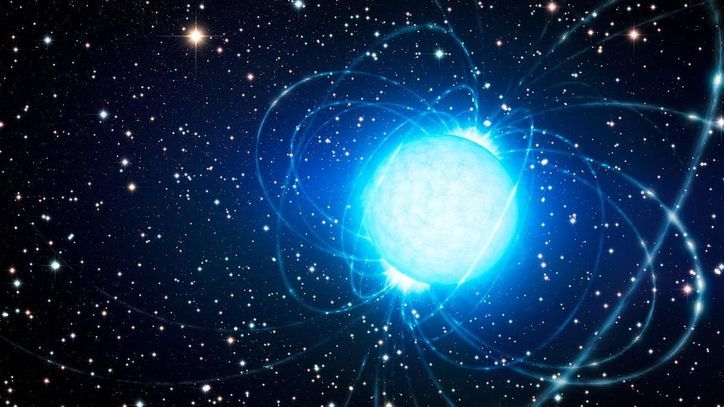
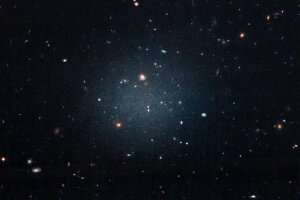
After drawing both praise and skepticism, the team of astronomers who discovered NGC 1052-DF2 – the very first known galaxy to contain little to no dark matter – are back with stronger evidence about its bizarre nature.
Dark matter is a mysterious, invisible substance that typically dominates the makeup of galaxies; finding an object that’s missing dark matter is unprecedented, and came as a complete surprise.
“If there’s one object, you always have a little voice in the back of your mind saying, ‘but what if you’re wrong?’ Even though we did all the checks we could think of, we were worried that nature had thrown us for a loop and had conspired to make something look really special whereas it was really something more mundane,” said team leader Pieter van Dokkum, Sol Goldman Family Professor of Astronomy at Yale University.
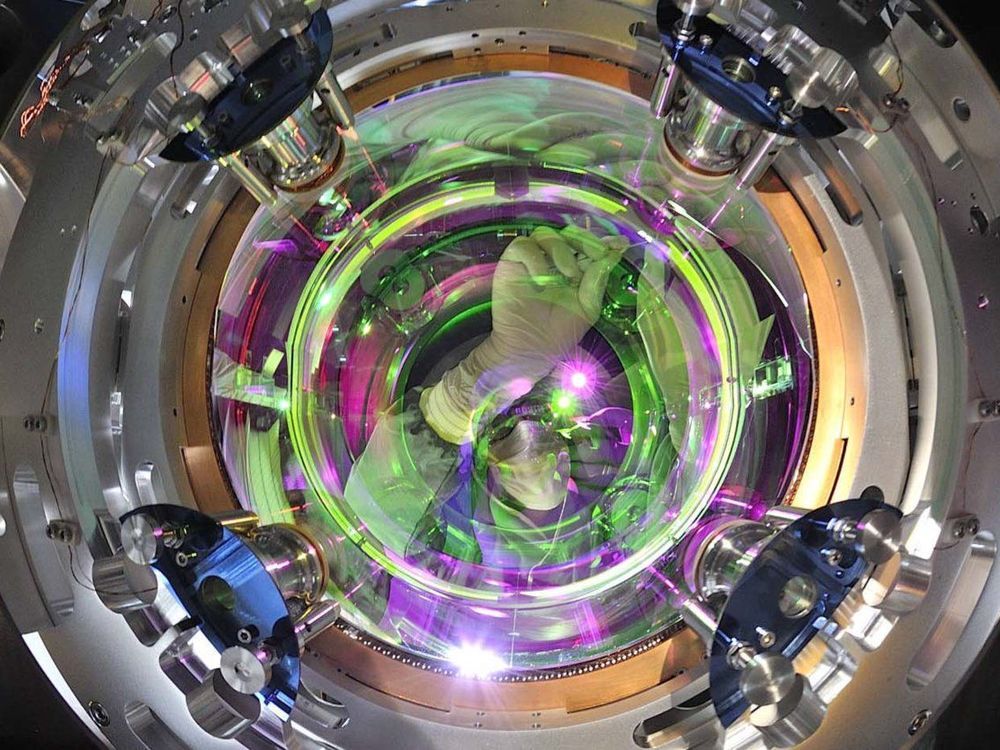
One of the most remarkable experiments in history — a pair of giant machines that listen for ripples in spacetime called gravitational waves — will wake up from a half-year nap on Monday. And it will be about 40% stronger than before.
That experiment is called the Laser Interferometer Gravitational-Wave Observatory (LIGO); it consists of two giant, L-shaped detectors that together solved a 100-year-old mystery posed by Albert Einstein.